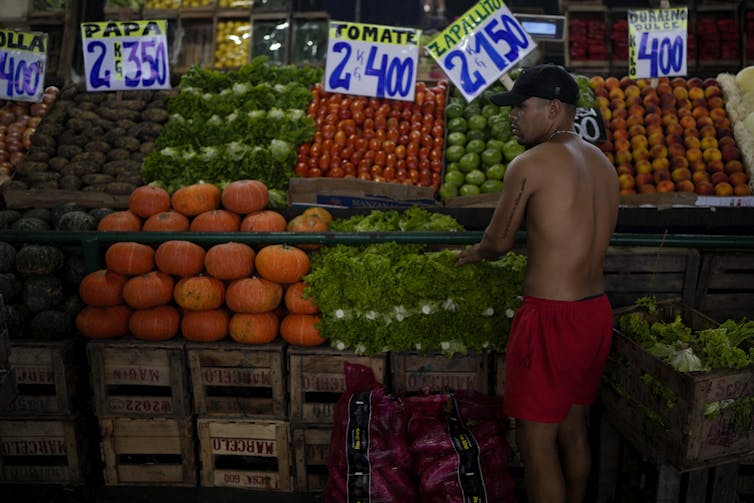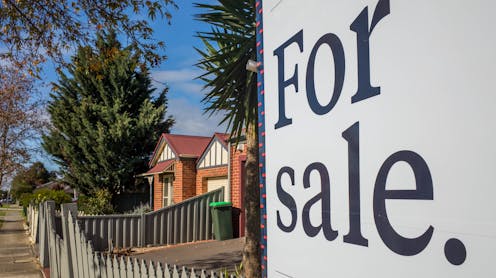
EigenLayer, a player in the Ethereum re-staking arena, is gearing up to launch its mainnet’s second phase in the first half of 2024. This pivotal update stands to reshape the landscape by allowing users to delegate their staked Ethereum (ETH) to operators of EigenDA.
Consequently, this move will facilitate rollups, a form of secondary scaling solutions, to efficiently integrate with it. EigenLayer’s initiative is to leverage staked ether and other liquid staking tokens, bolstering blockchain and data scaling services, including EigenDA.
EigenLayer’s Advancements
Following the limited utility phase that marked EigenLayer’s initial foray into the Ethereum mainnet, the upcoming phase promises significant enhancements. The test network activation of this phase has already started, laying the groundwork for operator registration and the commencement of EigenDA verification.
EigenDA, as the first service actively validated (AVS) on EigenLayer, is expected to reduce transaction fees for rollups. This development could greatly benefit decentralized applications, particularly in gaming and social media, where high transaction costs have been a hurdle.
The Rise of Liquid Restaked Tokens (LRT)
The landscape is further enriched by the emergence of Liquid Restaked Tokens (LRT), designed to simplify the staking process. By depositing in an LRT protocol, users can bypass the complexities of direct staking via Eigenlayer, albeit at a fee. However, this also necessitates governance to select operators and manage risks, thereby creating new governance tokens and potential airdrops.
The growth in LRT protocols, such as Ether Fi, Stader Labs, Genesis LRT, and others, heralds a new era in Ethereum staking. With LRTs, users may anticipate earning from Ethereum staking yield, Eigenlayer restaking rewards, and LRT protocol token emissions, cumulatively amounting to a potential 25% APY on ETH.
Read Also: Ethereum’s New Staking Solution Aims to Improve Security and Scalability
The post Ethereum’s EigenLayer Gears Up for Mainnet Phase Two in 2024 appeared first on CoinGape.

 1 year ago
534
1 year ago
534 
















 English (United States) ·
English (United States) ·